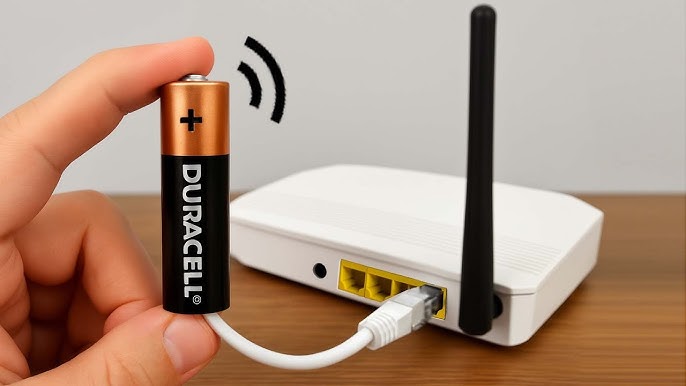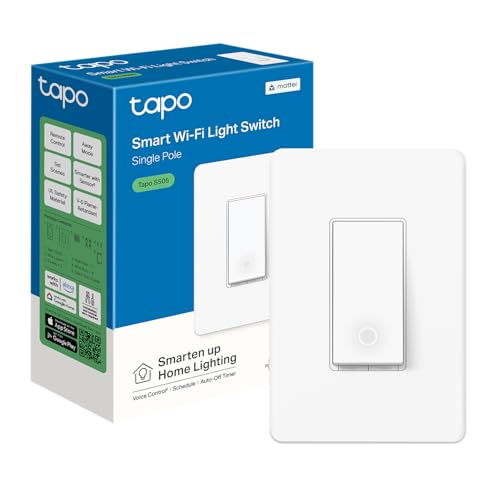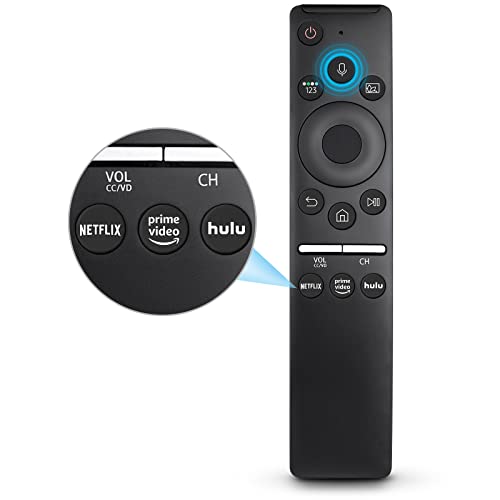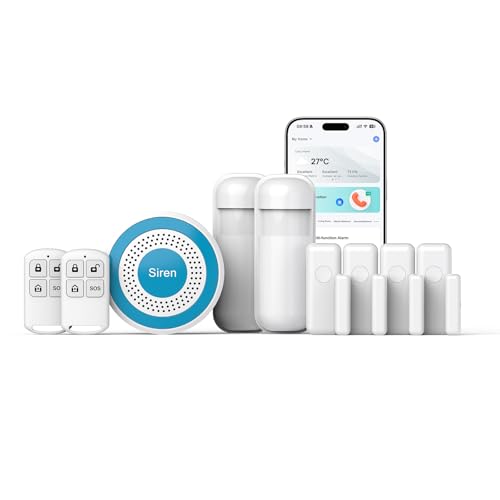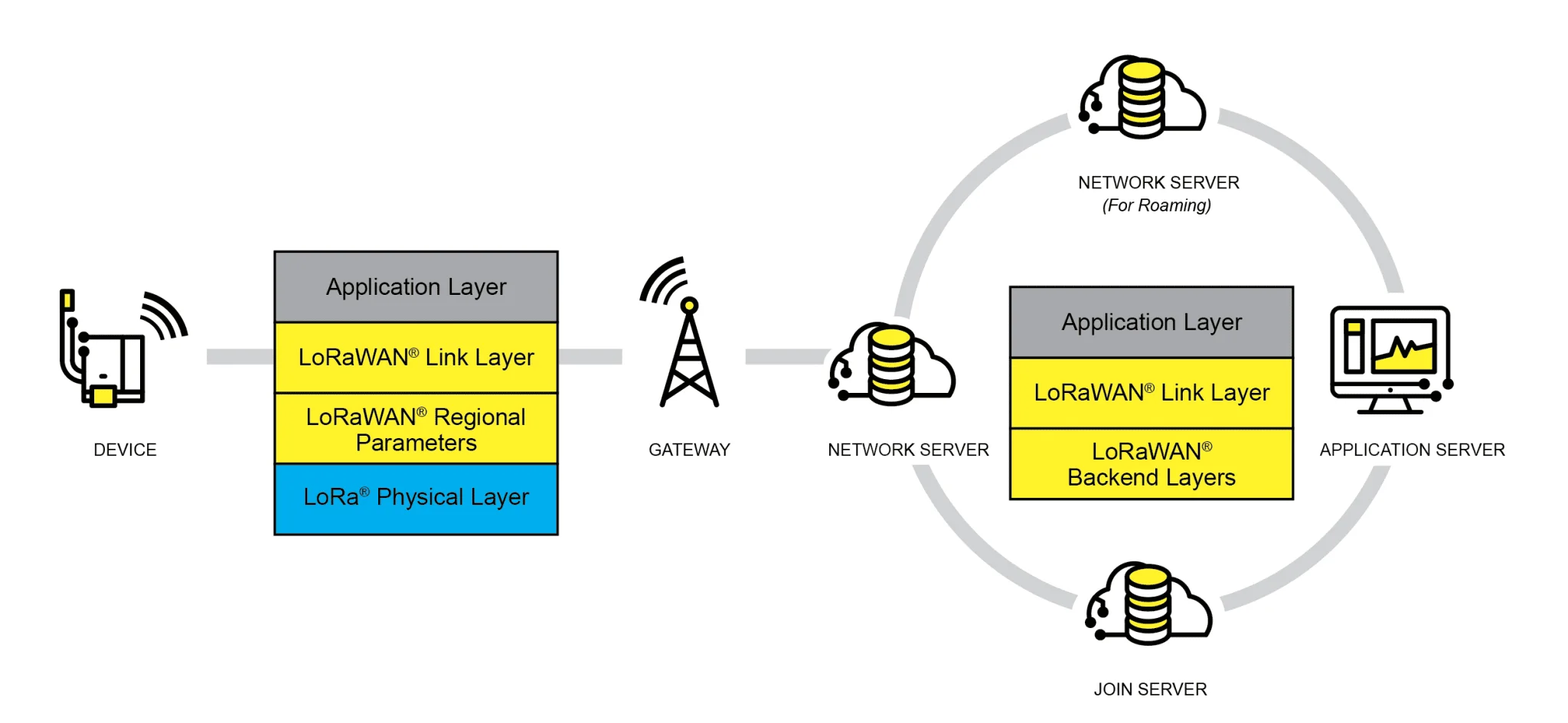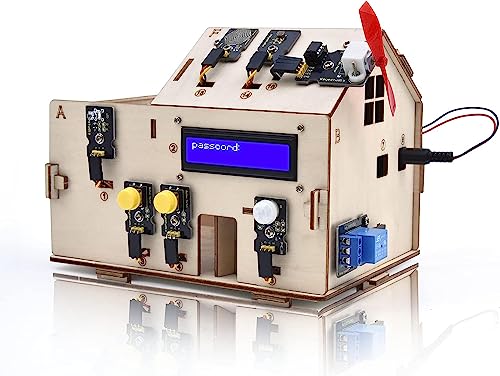Are you tired of slow internet and weak WiFi signals from your USB adapter? You’re not alone.
A poor WiFi connection can make simple tasks frustrating and slow. But what if you could easily boost your USB WiFi signal and enjoy faster, more reliable internet? You’ll discover simple, effective tips that anyone can use to improve their WiFi signal right now. Boost Usb Wifi Signal
Keep reading, and you’ll learn how to get the most out of your USB WiFi device without spending a fortune or needing technical skills. Your better internet experience starts here.
Choose The Right Usb Wifi Adapter
Picking the right USB wifi adapter can help improve your wifi signal. It is important to choose one that fits your needs and device.
A good adapter can give you a stronger and more stable internet connection.
Check Compatibility With Your Device
Before buying a USB wifi adapter, check if it works with your device. Some adapters only work with certain operating systems.
Make sure your computer or laptop supports the adapter you want to buy. This avoids connection problems later.
- Look for Windows, macOS, or Linux support
- Check USB port type like USB 2.0 or 3.0
- Read product details for device compatibility
Consider Antenna Strength
The antenna on a USB wifi adapter affects signal strength. Stronger antennas can pick up signals better and farther.
Adapters with external antennas usually give better performance than those with internal ones.
- Internal antennas are small and portable
- External antennas offer stronger signal reception
- Some adapters have adjustable antennas for better direction
Look For Dual-band Support
Dual-band adapters can connect to both 2.4 GHz and 5 GHz networks. This gives you more options for a better signal.
Using the 5 GHz band can reduce interference and improve speed if your router supports it.
- 2.4 GHz band has longer range but slower speed
- 5 GHz band offers faster speed but shorter range
- Dual-band adapters switch between bands automatically
Optimize Adapter Placement
Placing your USB WiFi adapter correctly can improve your internet signal. A better position helps the adapter catch a stronger signal.
Small changes in placement can make a big difference. Try to find the best spot for your adapter.
Avoid Physical Obstructions
Walls, furniture, and metal objects block WiFi signals. Keep your adapter away from these obstacles.
Clear space around your adapter lets signals travel better. This boosts your connection speed and stability.
Use Usb Extension Cables
USB extension cables let you move your adapter to a better spot. They add flexibility in placement.
Using an extension cable helps place the adapter higher or closer to windows. This improves signal strength.
Position Near Wifi Source
Put your adapter close to the WiFi router or access point. Shorter distance means stronger signals.
Try to avoid corners or low areas. Higher and open spots often give better signal reception.
Update Drivers And Firmware
Boosting your USB WiFi signal starts with updating drivers and firmware. These updates fix bugs and improve performance.
Keeping your device software current helps maintain a strong and stable WiFi connection.
Download Latest Drivers
Drivers control how your USB WiFi adapter works with your computer. Old drivers may cause weak signals.
Visit the adapter manufacturer’s website to find and download the latest drivers for your model.
- Identify your USB WiFi adapter model
- Go to the official support or downloads page
- Select the correct operating system
- Download and install the latest driver
Check For Firmware Updates
Firmware is the software inside your USB WiFi adapter. It controls hardware functions and signal strength.
Updating firmware can improve connection stability and increase WiFi range.
- Find your adapter’s firmware version in device settings
- Visit the manufacturer’s website for firmware updates
- Follow instructions carefully to update the firmware
- Do not disconnect the device during the update

Credit: www.pcworld.com
Adjust Router Settings
Adjusting your router settings can improve your USB WiFi signal. Small changes help boost speed and reduce interference.
Focus on settings like WiFi channels, Quality of Service, and firmware updates. These can make your connection stronger.
Change Wifi Channels
WiFi channels carry your wireless signal. Changing to a less crowded channel helps reduce interference.
Use your router’s admin page to find and switch channels. Pick channels 1, 6, or 11 for 2.4 GHz networks.
- Scan for the least busy channel
- Switch to that channel in router settings
- Test WiFi signal strength after changing
Enable Quality Of Service (qos)
Quality of Service prioritizes internet traffic. It helps your USB WiFi get the bandwidth it needs.
Turn on QoS in your router’s settings. Set your USB WiFi device or apps to high priority for better speed.
- Open router’s QoS settings
- Identify your USB WiFi device or apps
- Assign them higher priority
- Save and reboot the router
Upgrade Router Firmware
Firmware updates fix bugs and improve router performance. Updated firmware can enhance WiFi signal strength.
Check your router’s admin page for firmware updates. Download and install them following the instructions.
- Log in to router admin panel
- Find firmware update section
- Download latest version if available
- Install update and restart router
Reduce Wireless Interference
Wireless interference can weaken your USB WiFi signal. It happens when other devices use the same frequency.
Reducing interference helps improve your WiFi speed and connection stability.
Identify Interference Sources
Many devices cause wireless interference. They use similar radio frequencies as your WiFi.
Common sources include microwaves, cordless phones, and Bluetooth devices.
- Microwave ovens
- Cordless phones
- Bluetooth speakers and headphones
- Baby monitors
- Wireless cameras
- Neighboring WiFi networks
Switch To 5ghz Band
The 2.4GHz WiFi band is crowded and has many devices. This causes more interference.
Using the 5GHz band reduces interference and gives faster speeds over short distances.
- 5GHz has more channels and less overlap
- Better for streaming and gaming
- Works best close to the router
- Not all devices support 5GHz
Limit Connected Devices
Too many devices on one WiFi network slow down the signal. Each device uses bandwidth.
Limit the number of devices connected to improve USB WiFi performance.
- Disconnect devices not in use
- Use wired connections for some devices
- Set up guest networks for visitors
- Check device list in router settings
Use Wifi Signal Boosters
Usb wifi signals can be weak in some spots. You can use wifi signal boosters to improve the connection.
Boosters help extend the wifi range and reduce dead zones in your home or office.
Wifi Range Extenders
Wifi range extenders catch your router’s signal and spread it further. They work well for small areas.
Place the extender halfway between your router and where the signal is weak. This helps cover more space.
Powerline Adapters
Powerline adapters use your home’s electrical wiring to send internet signals. Plug one near your router.
Plug the other adapter near your device. This creates a wired connection through the power lines, boosting wifi.
- No need for new wires
- Good for thick walls
- Stable connection
Mesh Network Systems
Mesh networks use multiple devices to create one large wifi network. Each device shares the signal evenly.
This system covers big homes or offices well. Devices connect automatically to the strongest signal point.
- Easy to expand coverage
- Seamless switching between points
- Strong and consistent signal
Manage Power Settings
Power settings can affect your USB WiFi signal strength. Adjusting these settings helps keep your WiFi adapter running well.
Changing power options can stop your USB port from reducing power. This keeps your WiFi signal strong and steady.
Disable Power Saving Mode
Power saving mode can lower your USB WiFi signal. It reduces the power to save battery or energy.
To keep a strong WiFi signal, turn off power saving mode for your USB device.
- Open Device Manager on your computer
- Find your USB WiFi adapter under Network Adapters
- Right-click and select Properties
- Go to the Power Management tab
- Uncheck “Allow the computer to turn off this device to save power”
- Click OK to save changes
Set Maximum Performance For Usb Ports
Your USB ports may have power limits that lower signal strength. Setting them to maximum performance helps improve the WiFi signal.
You can change power plan settings to keep USB ports running at full power.
- Open Control Panel and go to Power Options
- Click “Change plan settings” next to your active plan
- Select “Change advanced power settings”
- Find USB settings and expand it
- Expand “USB selective suspend setting”
- Set both “On battery” and “Plugged in” to Disabled
- Click Apply and then OK

Credit: cyberraiden.wordpress.com

Credit: www.accio.com
Frequently Asked Questions
How Can I Improve My Usb Wifi Signal?
To improve your USB WiFi signal, position it away from obstacles and interference. Use a USB extension cable for better placement. Update your WiFi drivers regularly. Consider using a WiFi booster or extender for a stronger signal. Lastly, ensure your router is positioned optimally within your space.
Does A Usb Wifi Adapter Affect Signal Strength?
Yes, a USB WiFi adapter can impact signal strength. High-quality adapters often provide better reception. Ensure compatibility with your WiFi router. Poorly positioned or outdated adapters can lead to weak signals. Regularly update your adapter’s drivers for optimal performance and better connectivity.
Is A Usb Extension Cable Useful For Wifi?
Yes, a USB extension cable can be beneficial for WiFi. It allows for optimal adapter positioning, away from interference. This can enhance signal reception significantly. Ensure the extension cable is of good quality to avoid signal loss. Proper placement can lead to a noticeable improvement in connectivity.
What Causes Weak Usb Wifi Signals?
Weak USB WiFi signals can be caused by interference from other devices. Physical obstructions, outdated drivers, and poor adapter positioning also impact signal strength. Ensuring a clear line of sight to the router can help. Regular updates and quality adapters are crucial for maintaining strong signals.
Conclusion
Boosting your USB WiFi signal helps improve internet speed and connection. Place your adapter in an open space, away from walls and metal objects. Using a USB extension cable can position the adapter for better reception. Keep drivers updated to ensure smooth performance.
Try changing your WiFi channel to avoid interference. These small steps make a big difference in signal strength. Stay connected with fewer drops and faster browsing. Simple actions lead to better WiFi without extra cost or hassle. Give these tips a try and enjoy stronger, more stable internet today.
18 min read

